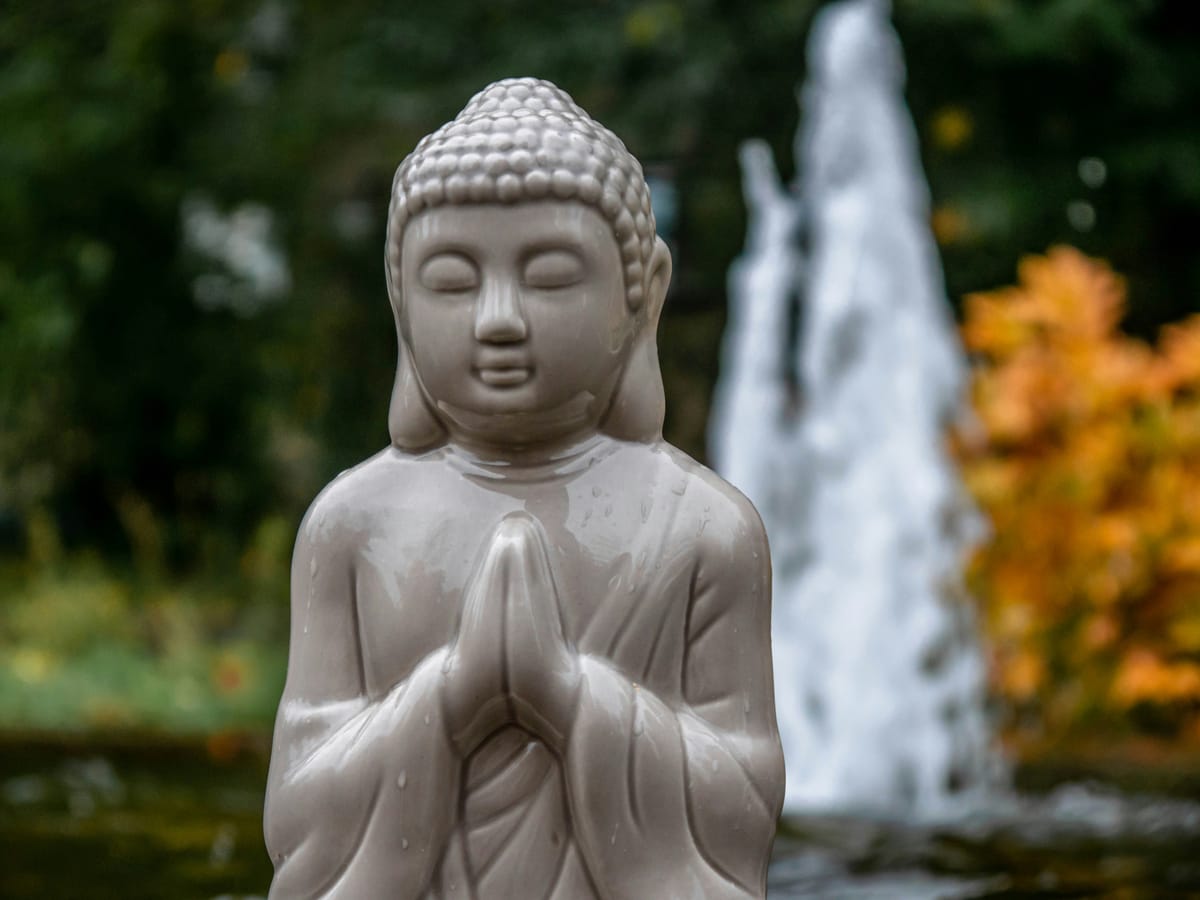Combining Meditation and Writing for Inner Peace

We’re constantly bombarded with information, responsibilities, and expectations, it’s no wonder so many of us feel stressed and frazzled at the end of the day. The pressure to balance work, family, personal goals, and social obligations can leave us feeling overwhelmed and disconnected from ourselves. The need for inner peace has never been greater, and for those seeking a way to reclaim a sense of calm, combining meditation and writing can offer a powerful solution.
Meditation and writing may seem like separate practices, but when combined, they can become an incredibly effective tool for self-reflection, stress relief, and emotional healing. By dedicating time to quieting your mind through meditation and then channeling your thoughts onto paper, you create a safe space for introspection, allowing you to explore your innermost feelings, anxieties, and hopes.
The Science of Stress and Why You Need an Outlet
Stress isn’t just a mental issue—it can take a toll on your body as well. Cortisol, the hormone associated with stress, can trigger a range of physical problems, from headaches and muscle tension to difficulty sleeping. According to Dr. Robert Sapolsky’s book "Why Zebras Don't Get Ulcers", chronic stress can lead to long-term health problems, such as heart disease, diabetes, and even depression. The constant pressure to perform and meet external expectations keeps our bodies in a heightened state of alert, with no time to recover.
This is where meditation and journaling can come to the rescue. Meditation offers a way to calm the nervous system, lower cortisol levels, and bring the mind into a state of relaxation. When you meditate, even for just a few minutes, you’re giving your brain a break from the overstimulation of daily life. Journaling afterward can act as a bridge between the peace you’ve cultivated in your meditation and your thoughts and emotions. The combination helps create a balanced mental and emotional state, where clarity and calmness can emerge.
Meditation: Creating Space in Your Mind
Meditation is often viewed as a practice of "doing nothing," but it's far more than that. It’s about creating space in your mind to notice your thoughts without being overwhelmed by them. There are different forms of meditation—from mindfulness to transcendental meditation—but the goal is the same: finding stillness and presence.
For those who feel constantly frazzled, meditation can be a lifesaver. After a long day filled with stressful tasks, you can sit in a quiet spot, close your eyes, and focus on your breath. This simple act of tuning into your breath helps you detach from the never-ending stream of thoughts, worries, and plans for tomorrow.
Think of meditation as hitting the "reset" button for your brain. You’re clearing out the mental clutter, which helps you regain a sense of control over your emotions. It’s not about making your mind go blank, but about observing your thoughts without judgment. This self-awareness, cultivated through regular practice, builds resilience against stress.
Writing: The Power of Reflection and Expression
Once you've meditated and calmed your mind, writing is the next step in the process. Journaling allows you to process and make sense of your thoughts. When you put pen to paper (or fingers to keyboard), you transform your internal world into something tangible, which helps you gain clarity. Writing can be a therapeutic way to release pent-up emotions, work through challenges, and reflect on your day.
In the movie "The Pursuit of Happyness", based on the life of Chris Gardner, we see a man pushed to his limits—financially, emotionally, and physically. The movie captures the essence of what it means to be burdened by life’s difficulties. Though meditation and journaling aren’t explicitly part of Gardner’s journey, his resilience, perseverance, and inner strength are similar qualities cultivated through reflective practices like writing and meditation.
By journaling, you create a space for self-expression, much like Gardner found ways to rise above his circumstances by focusing on his goals. Writing helps you gain insight into your challenges and triumphs, allowing you to release emotions that otherwise might stay bottled up.
Journaling as a Daily Practice
There are many ways to incorporate journaling into your daily life. Some people enjoy "stream of consciousness" writing, where you jot down whatever comes to mind without filtering your thoughts. Others prefer structured prompts, which guide your reflection on specific themes like gratitude, self-compassion, or stress management.
Here’s how a daily journaling practice might look:
- Start with meditation: Spend 5–10 minutes meditating, focusing on your breath or a calming mantra. Allow your mind to settle.
- Write freely: After your meditation, open your journal and write whatever comes to mind. Don’t worry about grammar or structure—just let your thoughts flow.
- Reflect on your emotions: Consider writing about how you’re feeling, what happened during your day, or anything that’s been on your mind. Use the opportunity to explore your emotions without judgment.
- End with positivity: Wrap up your journaling session by noting something you’re grateful for or a positive intention for the next day. This helps frame your mindset in a positive light, even after a stressful day.
The Benefits of an Online Journaling Community
While journaling is often a personal and private practice, many people find that sharing their thoughts with others can deepen their experience. This is where an online journaling community like Sharings.Me can play a role. Sharings.Me is a space where people can share their reflections, experiences, and insights gained from their journaling and meditation practices. Being part of a supportive community allows you to connect with others who are on similar journeys, offering a sense of camaraderie and encouragement.
The benefits of sharing your thoughts with others are twofold: you gain new perspectives on your own experiences, and you contribute to a collective wisdom that benefits everyone. Engaging with others in a journaling community also holds you accountable, encouraging you to maintain a consistent practice. Whether you’re seeking advice, inspiration, or simply a space to share your story, Sharings.Me provides the support needed to make journaling a transformative part of your life.
Conclusion: A Path to Inner Peace
In our busy lives, the pursuit of inner peace can feel elusive. However, by combining meditation and journaling, you can cultivate a sense of calm, clarity, and connection with yourself. These practices don’t require hours of commitment; even 10 to 15 minutes a day can make a significant difference in how you feel, both mentally and emotionally.
As we’ve learned from both scientific research and cultural narratives like The Pursuit of Happyness, resilience, self-reflection, and emotional processing are vital to overcoming life’s challenges. So, take a moment at the end of your day to sit in stillness, let go of your worries, and allow your thoughts to flow onto paper. And if you’re looking for a supportive community to join you on this journey, consider becoming a member of Sharings.Me, where you can connect with others and share your insights along the way.
Inner peace is within reach—it starts with a few minutes of mindfulness and a blank page.




